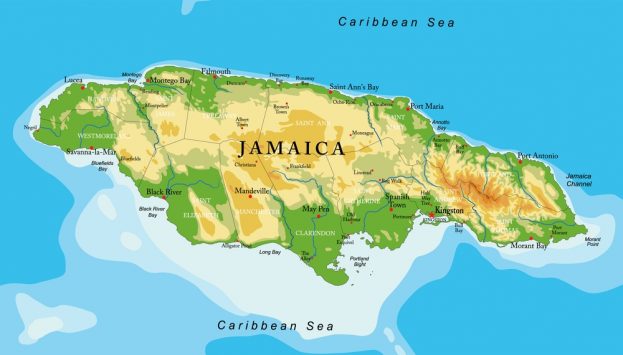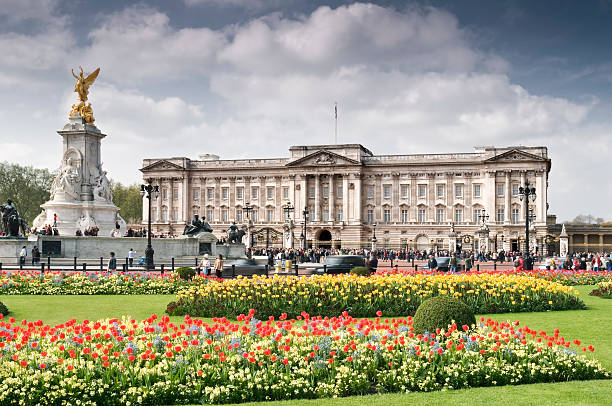
 With Kingston now enjoying a certain celebrity, having been named a Creative City of Music by UNESCO in 2015, it’s useful to reflect on how those of us who live in the city experience it.
With Kingston now enjoying a certain celebrity, having been named a Creative City of Music by UNESCO in 2015, it’s useful to reflect on how those of us who live in the city experience it.
As poet Derek Walcott observed in his Nobel Lecture some years ago: “A culture…is made by its cities.” What then does Kingston represent? What stories do we tell ourselves, and others, about the city? Do we, who live here, see and appreciate it as a whole; or do we only relate to it in parts: in disaggregated, disconnected ways? How do our attitudes and everyday actions help either to cultivate and enhance the city’s vibrancy, or contribute (even unintentionally) to stifling it? How constrained or adventurous are we in exploring and embracing Kingston’s textured urbanity?
Of course, there’s no undifferentiated “we” here: after all, Kingston is a very diverse place. Responsibility for what happens in the city, for example, is not equally shared: politicians, leading corporations, central government and its statutory agencies, and the KSAMC all play a more crucial role in how the city is run, as well as in making policy decisions that shape its future than most ordinary citizens. Moreover, differences of class, of neighbourhood, of social and recreational interests take us daily in very different directions. But residents of the city are neither incapable nor powerless in shaping the vibe and image of the city. Indeed, it’s the willful and creative energy of the sound system operators, musicians, song writers, record producers, sound engineers and, most importantly, their appreciative audiences going back over six decades that has now earned Kingston its UNESCO rating. Many have commented, rightly, that Kingston is a creative spot not only for music, but as well in other respects. To what extent though do those of us who live here truly appreciate and engage with the many dimensions of the city’s vitality?
Kingston’s streets are exuberant. Music plays an important role in driving that pace, of course. By day, the selections from various genres beam into the streets from storefront speaker boxes or the now ubiquitous mobile sound systems on dolly carts operated by compact-disc vendors; by night, the sounds of the dancehall and of private parties. But other factors also help produce the energy-field of the city: the Ductas, Loadermen and Drivers who woo passengers onto minibuses and route taxis and hustle them around town; the lightning-paced, electrifying-yellow JUTC buses that now run the streets; the cacophony of vendors’ voices competing for customers downtown; the artfully arranged wares displayed on every available surface; the fashion surprises appearing at every turn. Then there is the host of small business ventures that regularly come on stream. Poor people are constantly bringing new business ideas to the streets. Besides those ingenious ambulatory sound-systems, one can now buy freshly roasted breadfruit in season, or have one’s eyebrows and eyelashes redone by skilled artists on the sidewalks of downtown. Perhaps most important and ubiquitous of all is the level of interpersonal engagement that’s insistently maintained amidst the bustle of the city. There’s ample allowance for individual expressiveness and creativity, coupled with a refusal of isolation; these hyper individuals engage each other, no one is allowed simply to be by themselves. All this and more contribute to setting the rhythm and tempo of Kingston.
To know and appreciate the city is to discover and to treasure its everyday wonders. Where to find a coconut vendor, for example, for a fresh jelly break? That you can, under the mango tree on Melmac Avenue in Cross Roads, or on Barry Street between Pechon and West streets, or on Grenada Crescent across from Jamaica National in New Kingston. Besides fresh jelly, some of these vendors also carry cut cane and cane juice, like the fruit vendor at the Hope Road entrance to Clock Tower Plaza in Half Way Tree. Or have you noticed the peanut vendors who dispense warm roasted nuts — artfully wrapped in slender, brown paper cones of old — to evening commuters, their whistling carts these days deftly perched at the median strip on Trafalgar Road or Garden Boulevard?
For an inexpensive meal, there are cook shops on Princess Street in the market district where you can buy a cow foot stew or stewed pork for $250. Some of these oases of refreshment are there year in year out, others — more like pop-ups — appearing when and where you least expect.
In his Nobel Lecture, Derek Walcott thoughtfully lamented the ways in which the Caribbean, its peoples and cultures have long been misperceived: taken to be incomplete, mongrelized or bastard versions of some supposedly pure, untainted European or other Old World standard. These contemptuous misperceptions, he noted are not just those of outsiders, but remain deeply ingrained in those of us who live here. As one example, Walcott turned to Trinidad’s Port of Spain. In its “downtown babel of shop signs and streets, mongrelized, polyglot,” he finds not an incomplete or poor imitation of bland but soaring cities elsewhere. Rather, he sees Port of Spain as “a city ideal in its commercial and human proportions, where a citizen is a walker and not a pedestrian;” a place of stubborn survival, of creativity and rebirth.
Of Port of Spain and other Caribbean cities, Walcott insists: “Ours are not cities in the accepted sense, but no one wants them to be. They dictate their own proportions, their own definitions…and in a prose equal to that of their detractors…” For its part, Kingston has inspired the prose and the poetry of H.G. Delisser , Claude McKay, Louise Bennett, Neville Dawes, Lorna Goodison, Roger Mais, Orlando Patterson, Marlon James, and others; and the city’s proportions reveal themselves in their work.
Moments of respite and pause constantly insert themselves into Kingston’s soundscape and landscape of hyperactivity. Lapped by the afternoon sea breeze on the waterfront downtown, young couples find a quiet spot to get to know each other, small groups of men sit and talk, and the occasional line fisherman throws a hook into the harbour hoping for a catch.
As the cool of evening descends in St. William Grant Park, groups of men set up makeshift game tables for draughts, and others gather around to watch and to take turns playing. Nowadays, people of all ages and social strata gather in Emancipation Park to jog, walk, play table tennis, practice capoeira, attend concerts and performances, or simply to sit, contemplate, or people-watch.
However, Kingston has far too few of these spaces for public gathering and for pause. Indeed, as I will argue in my next article, we have allowed public spaces to be gradually whittled away, shaved down, and go into disrepair.
The city that’s alive and pulsing with creativity is one that is lived in, and many of those who make Kingston’s downtown market district such a vibrant place, live nearby. Even though upscale retailers all but moved uptown, starting in the late 1950s, the Coronation Market has remained the hub of the country’s wholesale and retail agricultural food trade, complemented by the district’s vital haberdashery trade. However, many of the city’s elites no longer experience or participate in the daily life of this dynamic urban centre, nor even of the bustle of Half Way Tree, which in the evening hours buzzes like Times Square minus the amenities and the glitz.
Kingston’s charms best reveal themselves when the city is taken as a whole, in the round, and when, as Walcott advises, we don’t ask the wrong things of it, or “demand of it an ambition it has no interest in.”
In the following articles in this series, I highlight other little-noticed aspects of contemporary Kingston-living, some of the barriers we’ve created to social engagement, and suggest ways of bringing us more closely together.
Next edition on June 1: Walk-foot people matter. Nate Thompson Womens Jersey




Great article Val! it brought me back to fond memories of higgling with the higglers, and getting my brats! Indeed Jamaica has a special vibrancy, a special spirit, a place we will always call home!
Best wishes,
Don
Interesting read…I look forward to your other articles in the series. You may be please to know a green space of sorts is being set up by the round-a-bout at Port Royal Street and South Camp Road, walking trail and all. Hopefully persons from all walks of life will feel comfortable and drawn to utilise the space for exercise, reflecting from a bench, chilling or whatever.
Dr. Carnegie thank you for this beautiful and refreshing glimpse into the city of Kingston. I’ve only been once and your article has definitely inspired me to return to experience some of these wonderful spaces, sounds, smells and treats you have conjured up for us. I look forward to reading more of your series.
Beautiful writing, celebrating elements of Kingston living that we too often take for granted. I look forward to the book.